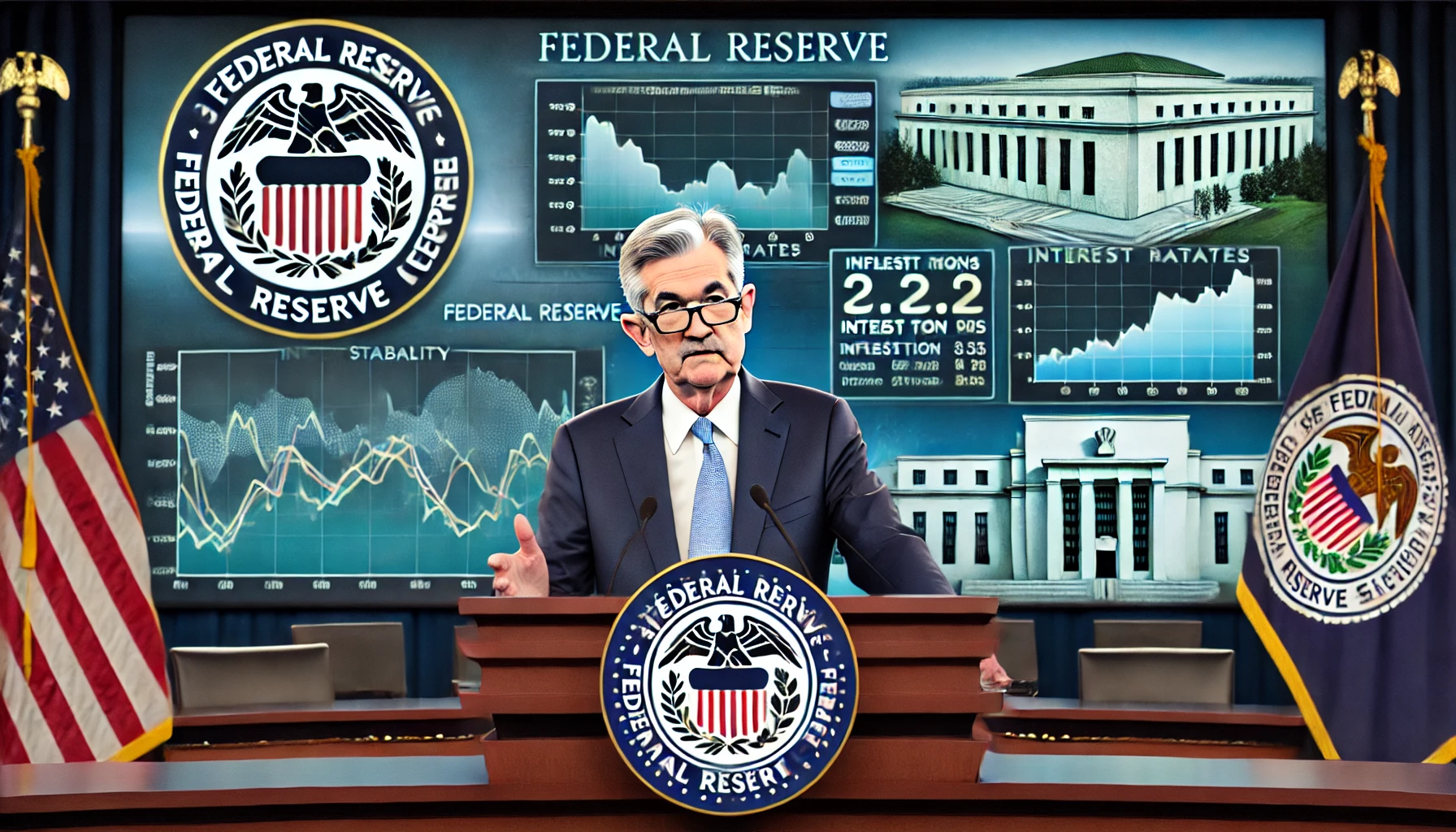| Key Points: – Core PCE inflation eased to 2.6% annually in January, aligning with economist expectations – Personal income surged 0.9%, more than double the forecasted 0.4% increase – Consumer spending unexpectedly declined 0.2% despite higher incomes, as savings rate jumped to 4.6% |
Inflation continued its gradual retreat in January according to the Federal Reserve’s preferred gauge, though concerns about President Trump’s tariff plans are casting a shadow over future price stability, the Commerce Department reported Friday.
The personal consumption expenditures (PCE) price index rose 0.3% for the month and 2.5% annually, while the core measure—which excludes volatile food and energy prices—maintained the same monthly increase but showed a 2.6% year-over-year rate. The annual core figure represents a meaningful step down from December’s upwardly revised 2.9%.
These figures aligned precisely with economist expectations and suggest the Fed’s aggressive interest rate campaign continues to yield results, albeit at a slower pace than policymakers might prefer. The central bank targets 2% inflation as its long-term goal.
“The inflation report was good, but we’re not done,” said Jose Rasco, chief investment officer for the Americas at HSBC Global Private Banking and Wealth Management. “So that prudent patient Powell, as I call him, is going to remain in play, and I think he’s going to wait.”
Perhaps more surprising were the income and spending components of the report. Personal income surged 0.9% in January—more than double the 0.4% forecast—but this windfall didn’t translate to higher consumer spending. Instead, Americans reduced their expenditures by 0.2%, contradicting expectations for a slight 0.1% increase. The personal savings rate jumped to 4.6%, suggesting consumers may be growing more cautious about economic conditions.
Within the report’s details, goods prices increased 0.5%, driven by a 0.9% rise in motor vehicles and parts, along with a 2% jump in gasoline prices. Services inflation showed more restraint at 0.2%, while housing costs rose 0.3%.
The data arrives as Federal Reserve officials continue deliberating their next steps for monetary policy. In recent weeks, policymakers have expressed cautious optimism about the inflation trajectory but remain adamant about seeing more evidence that price pressures are sustainably returning to their 2% target before implementing further interest rate reductions.
Following the report’s release, financial markets modestly increased the probability of a June interest rate cut, with futures traders now seeing just over 70% likelihood of a quarter-point reduction, according to CME Group’s FedWatch tool. Markets currently anticipate two rate cuts by year-end, though odds for a third reduction have been rising in recent days.
While consumers are more familiar with the Consumer Price Index (CPI)—which showed 3% headline inflation and 3.3% core inflation in January—the Federal Reserve prefers the PCE measure because it captures a broader range of consumer spending, accounts for substitution effects when prices change, and places significantly less emphasis on housing costs.
The subdued spending figures present a curious economic paradox: despite strong income growth, consumers appear increasingly cautious. This restraint could help cool inflation further but might also signal weakening consumer confidence—the primary engine of American economic growth.
Financial markets responded positively to the report, with stock futures pointing higher and Treasury yields mostly declining, suggesting investors view the data as supporting the case for eventual monetary easing while not indicating immediate economic trouble.




